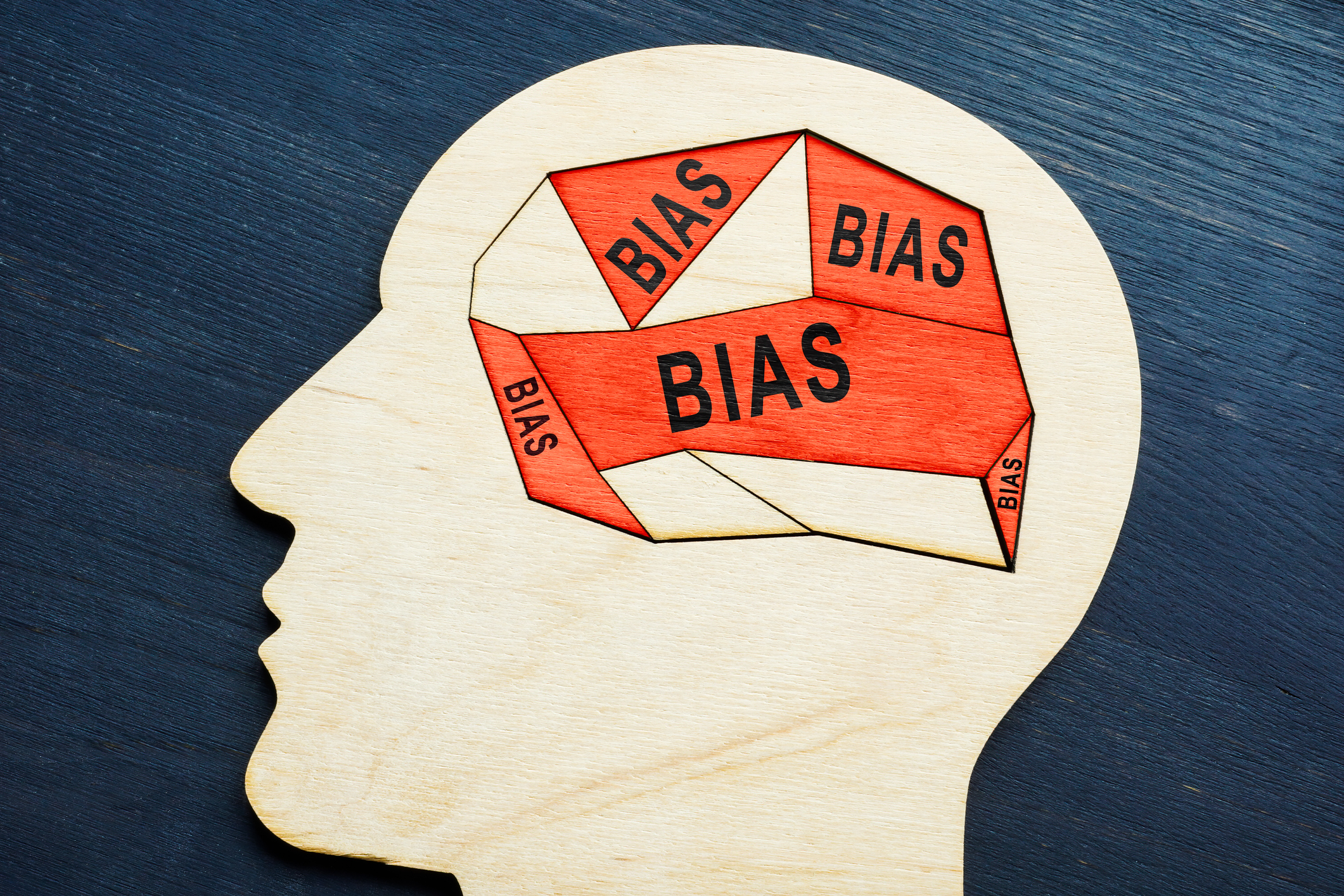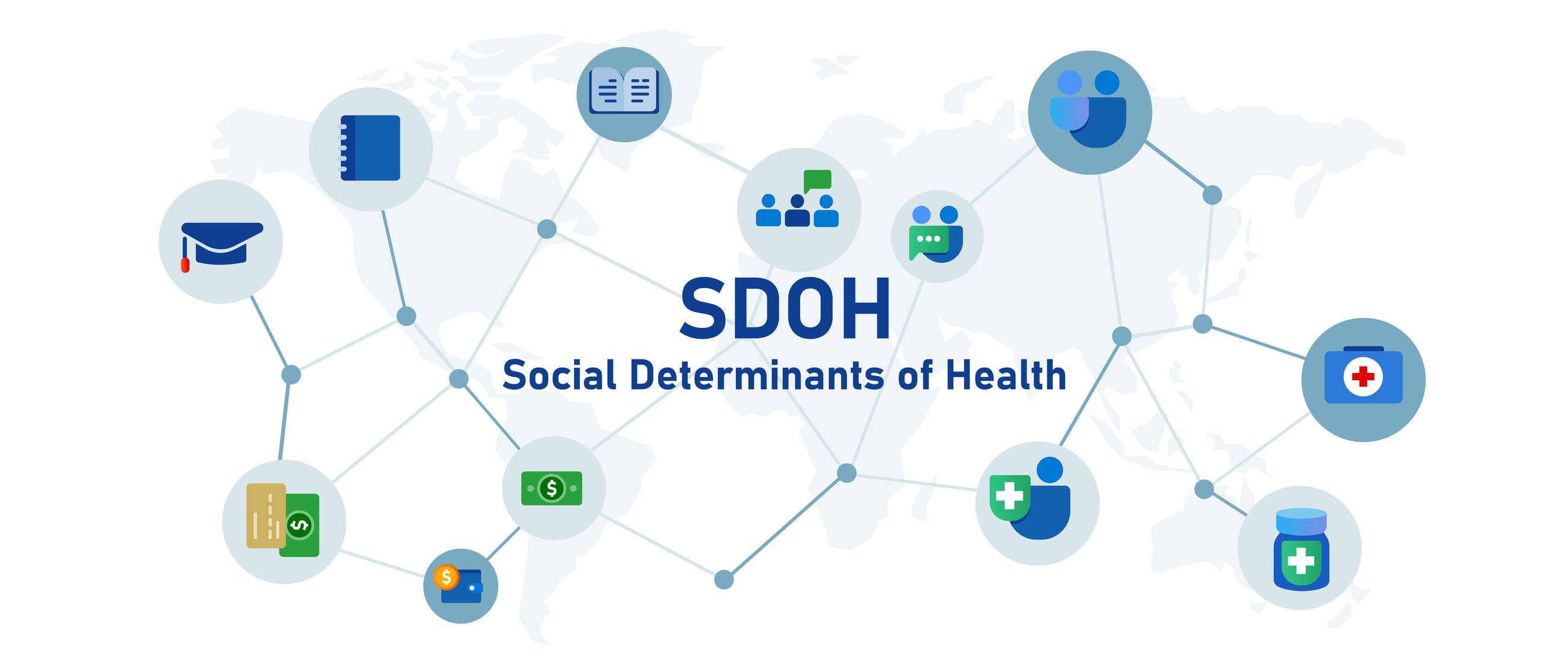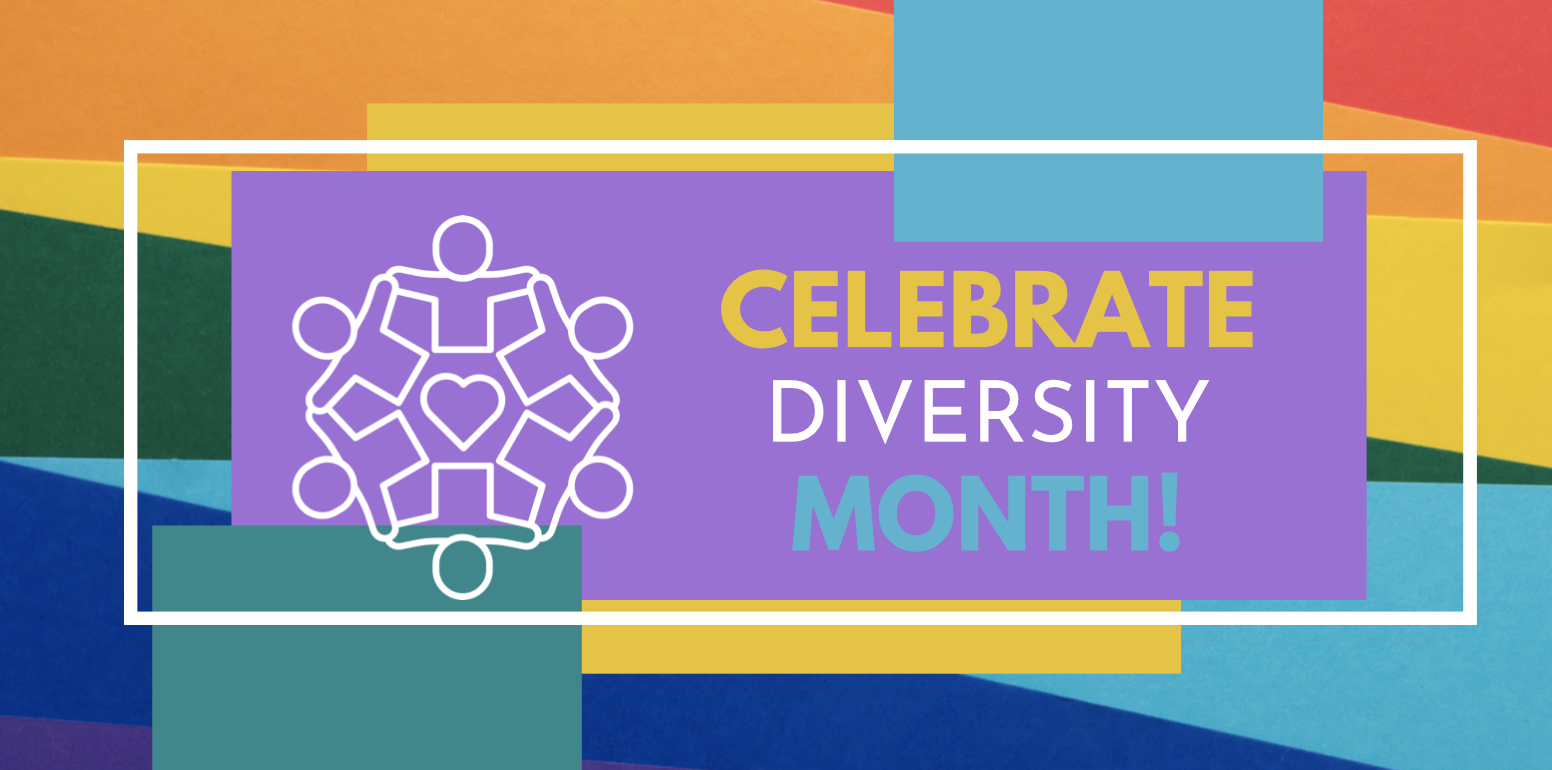 As the U.S. population becomes more racially and culturally diverse, having a workforce that mirrors the diversity of your community can improve the quality of care offered at your facility.
As the U.S. population becomes more racially and culturally diverse, having a workforce that mirrors the diversity of your community can improve the quality of care offered at your facility.
Ensuring diversity is incorporated in healthcare hiring practices requires understanding and combatting unconscious biases.
Bias is a prejudice in favor of or against one thing, person, or group compared with another usually in a way that’s considered to be unfair.
Unconscious biases are social stereotypes about certain groups of people that individuals form outside their own conscious awareness.
An example of unconscious bias during the hiring process is when you form an opinion about a candidate based solely on first impressions, such as their LinkedIn photo, their first or last name, or their hometown.
There are methods healthcare institutions can use to identify and reduce biases within their hiring process.
- Clearly define what Diversity means to your organization. It is important to understand which groups are underrepresented. Then set measurable goals that work toward building Diversity.
- Most hiring processes are designed from one perspective (e.g., level, function, identity). When creating your recruitment process, make it a group effort using input from different perspectives and identities.
- Ensure Diversity exists within all levels of your organization, especially Leadership roles. The top healthcare organizations leading the way for Diversity, Equity, Inclusion, and Belonging (DEI&B) usually have a leadership position solely focused on Diversity, such as Chief Diversity Officer or a similar title.
- Offer awareness programs, training, and unconscious bias resources for staff. It's a great opportunity for everyone involved in the hiring process to understand what hiring prejudices are and how they can influence decision making. This allows people to identify their own biases and actively improve their behavior.
With leadership support, clear communication both internally and externally about your DEI&B initiatives, awareness resources, and a motivated workforce, you can successfully reduce biases and increase Diversity, Equity, Inclusion, and Belonging within your organization.







